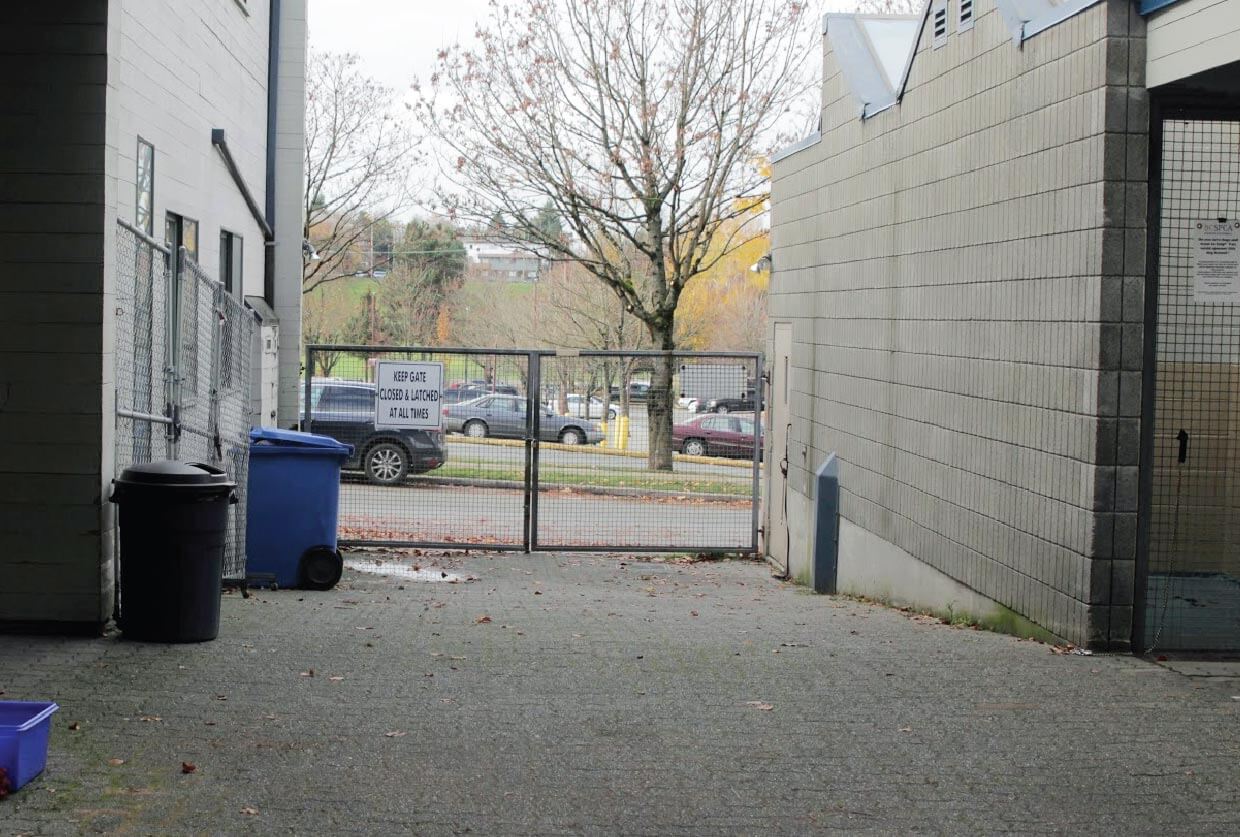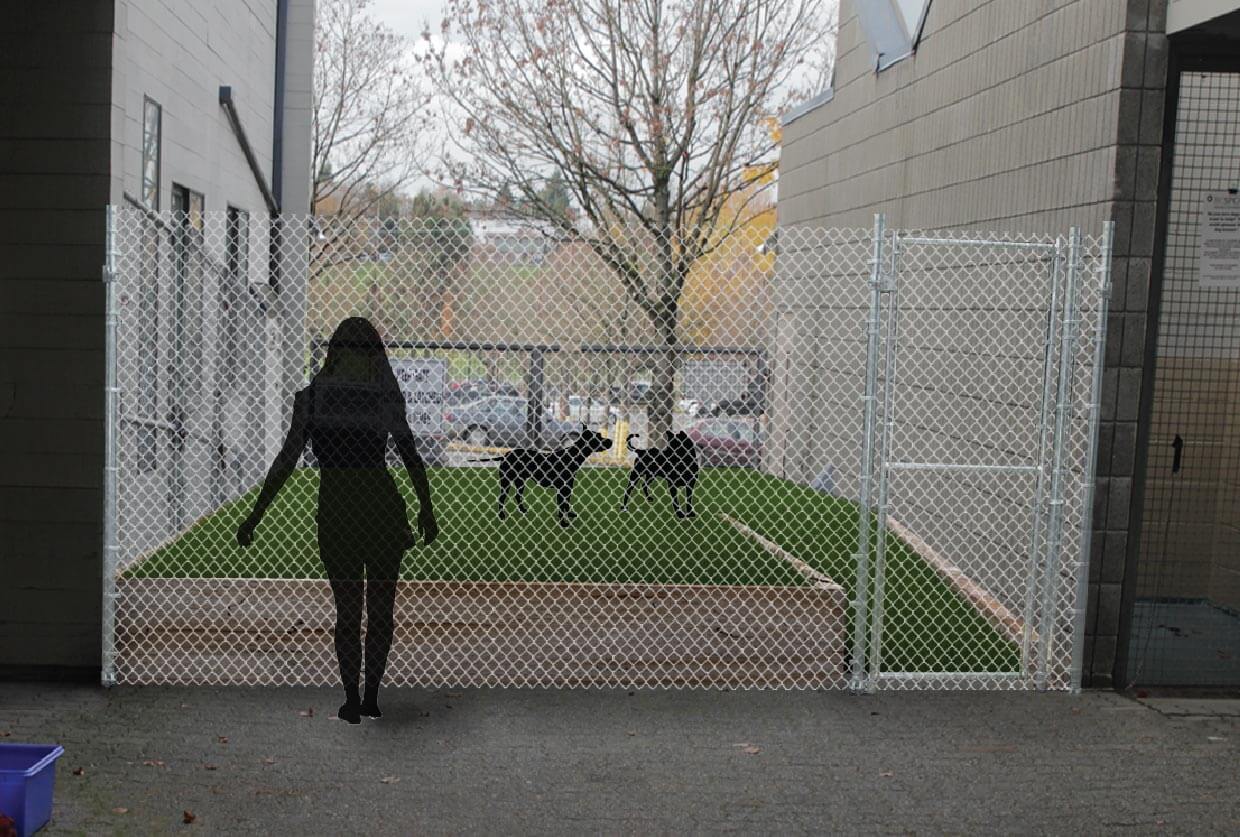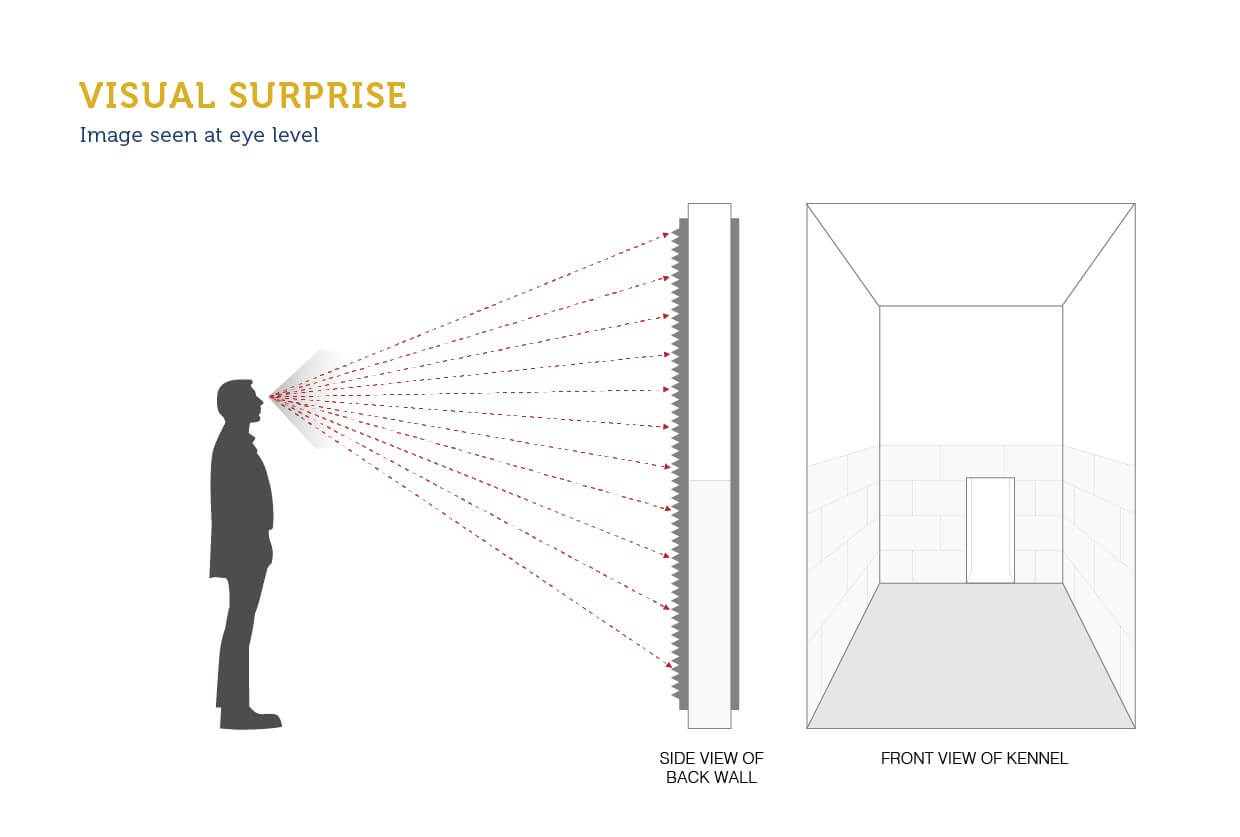BC SPCA: PAWSITIVE EMINENCE
IAT 338: Interactive Objects & Environments
Aslan Law, Sammi Leung, Kay Lin, Mary Ngo

BC SPCA is the only animal welfare organization in BC with the power to investigate complaints of animal cruelty, and part of its strategy to encourage adoption is to play on pity and sadness. Our goal was to rebrand the experience of the adoption process by incorporating optimism and positive feelings. My role for this project included onsite observations and research, concept development, framework creation and asset preparation (photography, slide deck).
THE BRIEF
Rebranding the SPCA visiting experience by incorporating positive feelings and optimism
One of SPCA’s value is to treat both people and dogs with equal respect and compassion in a transparent way, and this became a constraint that we set for ourselves when we went through our design process. Our opening is to use the relationship of different scale perspectives between humans and dogs to bring attention to the journey of healing through incorporating a sense of optimism into the visiting experience.
THE PROCESS
Focusing on the touchpoints of arrival, orientation, and animal interaction
Currently, 43,000 dogs are being admitted to the Canada’s SPCA per year, while only 22,000 are getting adopted. Because the adoption gap is so big, we saw this as an opportunity to show through our design that dogs at the SPCA are actually ready to be adopted. In our journey framework, we considered the arrival, orientation, and animal interaction touchpoints as possible areas of focus, but we found that there was most potential within the animal interaction experience.

The domain that we are designing in is for both humans and dogs, specifically in terms of bridging the gap between the human scale and dog scale during opportunities where they can physically interact with each other. We wanted to do this through invoking the experience of optimism and playfulness, and at the same time, following our own framework sections of triggering to connect and delighting to engage.

THE DESIGN
Bridging the gap between human scale and dog scale
We took the concept of layered surprise and designed a two part experience to show that the dogs have undergone a healing process and are ready to go home. The first design is a terrace that is slightly above knee-level so that when a dog is on it, it brings the dog to the human level and restores the dignity that was taken away from them when they were abandoned at the SPCA.


The second design uses lenticular technology. When a person first approaches the kennel, the image that they see is the kennel as it is, which is just a blank wall. But when they crouch down to interact with the dog, a secondary image representing the home is revealed. The act of surprise is used as a technique to break through fixed patterns of pity for the animals at the SPCA, and takes the natural act of crouching down and gives it a new purpose, making the interaction more meaningful than before.


